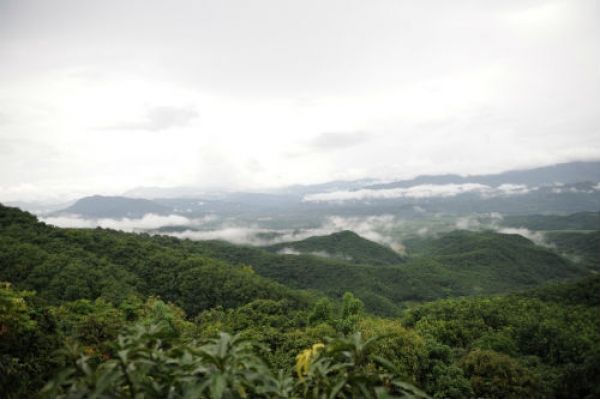Their findings, published today in the journal Science Advances, suggest that the monsoon system’s development was more sensitive to changes in geography (especially mountain height) rather than carbon dioxide, and that the monsoon came into existence around 40 million years earlier than previously thought.
The monsoon system peaked in strength about five million years ago, when the region experienced ‘super monsoons’ that were significantly stronger than today.
The East Asian monsoon covers a major portion of the largest continent on Earth, carrying moist air from the Indian and Pacific Oceans that leads to significant amounts of rainfall in the summer in Japan, the Koreas, and much of mainland China.
Understanding the behaviour of the monsoon is essential as it provides water for agriculture, hydroelectric power and industrial development to more than 1.5 billion people.
Continue reading at University of Bristol
Image via University of Bristol


